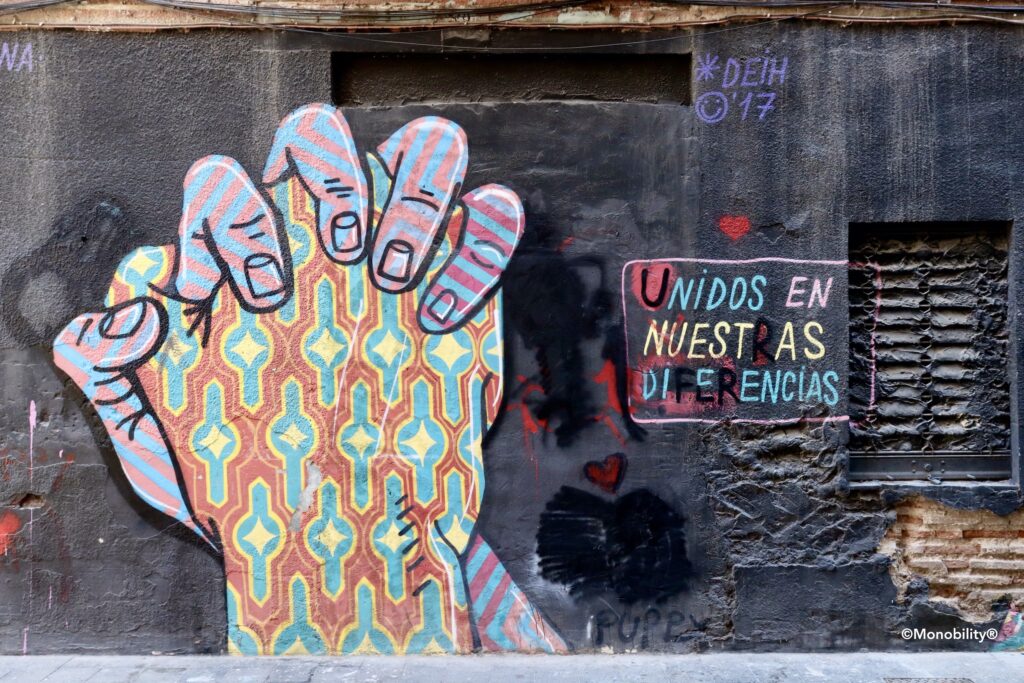Once you learn 14 basic consonants as priority #1, you can move on to basic vowels. Today’s Korean has 10 BASIC vowels: ㅏ ㅑ ㅓ ㅕ ㅗ ㅛ ㅜ ㅠ ㅡ ㅣ.

- Letter Position – Typography
Korean children learn the vowels together with “ㅇ”, which is a “void” consonant that works as a “filler” when it’s positioned at the beginning of vowel-only syllables. In English, a word can start with a vowel: “aria”. In Korean, you use “ㅇ” before the first vowel when the syllable doesn’t have a consonant: 아리아.
The basic vowels are positioned with respect to the preceding consonant in two ways:
i) When the vowel letter has a long vertical line (ㅣ): The vowel is positioned at the right-hand side of a preceding consonant:
아 야 어 여 이
ii) When the vowel letter has a long horizontal line (ㅡ): The vowel is positioned below the preceding consonant:
오 요 우 유 으
- Sounds
Korean is not a tonal language. Its basic vowel sounds are pretty straightforward to learn. The only exception would be “ㅡ”: Its sound doesn’t exist in some languages. The most similar sound would be “unstressed [e]” in French or continental Portuguese. But the Korean “ㅡ” can be long and stressed, and should not be confused with “ㅜ” [oo] sound.
When 세종대왕 Sejong the Great (1397 – 1450) personally created 한글 for all his subjects in1443, he designed the letter “ㅡ” to represent the Earth, as opposed to “ㅣ” which represents the human being. So, whenever you hit this new vowel as your learning progresses, please think a little bit about our planet Earth.^^ And perhaps, also about the King. A recent movie “천문: 하늘에 묻는다 (Forbidden Dream, 2019),” beautifully performed by top actors 한석규 and 최민식, tells us why Sejong the Great is the greatest king in thousands of years of Korean history.
It should be noted that Korean does not treat English “y” or “w” sounds as semi-vowels; as you see in the list, 4 out of 10 BASIC vowels are ㅑ ㅕ ㅛ ㅠ (ya, yuh, yo, yoo). To the Korean ear (and tongue,) they are 100% vowels. This means that these vowels can often follow consonants, and you will often hear syllables such as 냐[nya], 겨 [gyuh], 표 [pyo], 휴 [hyoo], etc.
That’s about it, for now! Pretty straightforward, isn’t it? You must memorize all 14 basic consonants and 10 basic vowels, though. Here is a good website that can help you memorize 한글 quickly. I’m sure many of you will find it helpful and fun:
https://www.90daykorean.com/how-to-learn-the-korean-alphabet/
P.S.> Please do NOT even think about learning Korean with “Romanization.” It never works, and you will waste your precious time. Master 한글 first, follow our Tag – “Basics” – Priority #1, #2, and more to come – and learn real Korean correctly.
나·랏׃말ᄊᆞ·미中듀ᇰ國·귁·에달·아
세종어제 훈민정음(서문) ‘훈민정음 해례본’ (1446)
文문字·ᄍᆞᆼ·와·로서르ᄉᆞᄆᆞᆺ·디아·니ᄒᆞᆯ·ᄊᆡ
·이런젼·ᄎᆞ로어·린百·ᄇᆡᆨ姓·서ᇰ·이
니르·고·져·호ᇙ·배이·셔·도
ᄆᆞ·ᄎᆞᆷ׃내제·ᄠᅳ·들시·러펴·디׃몯ᄒᆞᇙ·노·미하·니·라
·내·이·ᄅᆞᆯ爲·윙·ᄒᆞ·야׃어엿·비너·겨
·새·로·스·믈여·듧字·ᄍᆞᆼ·ᄅᆞᆯᄆᆡᆼ·ᄀᆞ노·니
׃사ᄅᆞᆷ׃마·다׃ᄒᆡᅇᅧ׃수·ᄫᅵ니·겨
·날·로·ᄡᅮ·메便뼌安ᅙᅡᆫ·킈ᄒᆞ·고·져ᄒᆞᇙᄯᆞᄅᆞ·미니·라
Language of our country differs from China, hence mismatch with Chinese characters.
For this reason, there are many subjects who are not able to express themselves freely, even if they have something to say.
We, taking pity of them, hereby make twenty eight new letters.
It is just to allow each person to learn them with ease, and to make it convenient to use them every day.
Prologue to the Royal Edict on “Right Sounds to Educate People” (1446)
Join Monobility® Group for much more:



